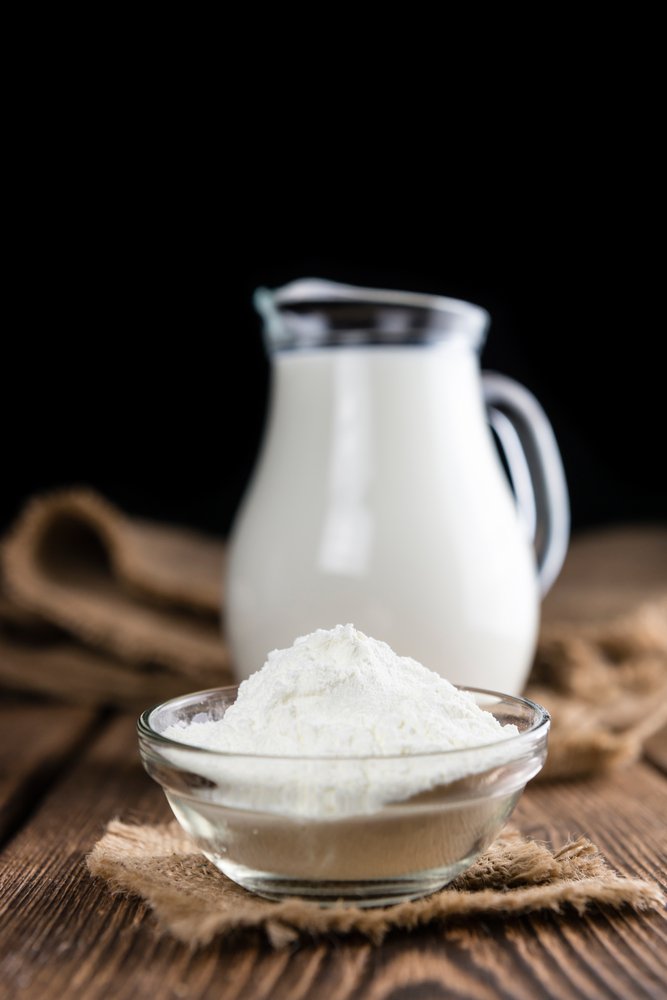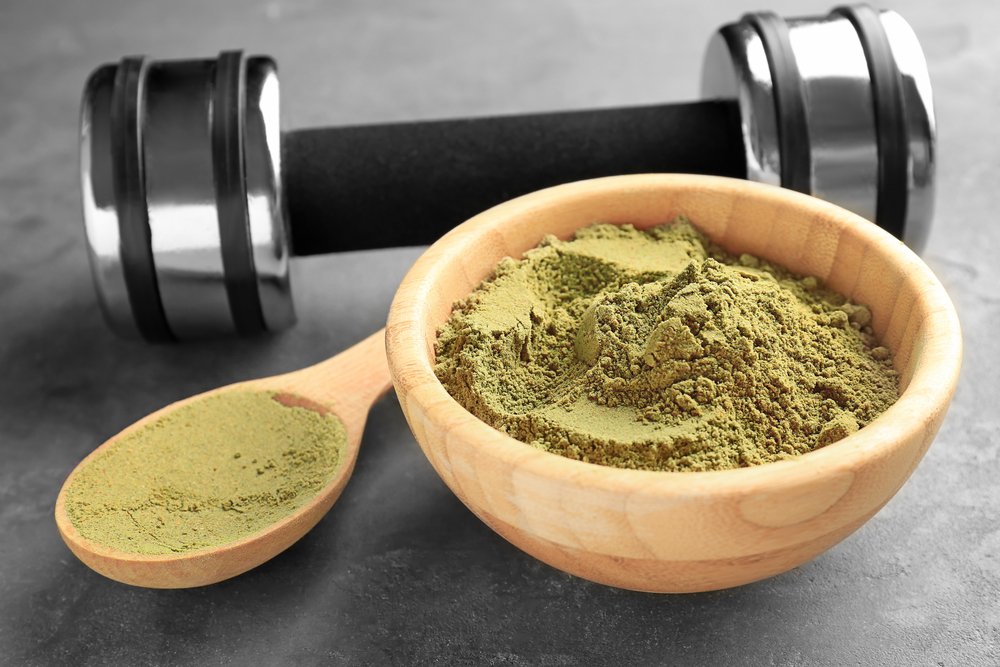
Your Step by Step Plan to Get Your Fitness Goals Back on Track
Since March we’ve all been dealing with a huge amount of change as we navigate these unprecedented times. So, it’s no surprise that many of us have seen our fitness goals fall by the wayside as we get to grips with our new normal.
But, with the gyms reopening across the country It’s time to turn our thoughts to the best way to get back on track. Which is why in this article, we’ll look at a step by step plan to get you back in the game in just 4 weeks.
Step 1: Pick Your Goal
The first thing you need to do is pick your goal i.e. do you want to lose fat or build muscle. Which you pick is up to you and will depend on what you want to achieve long-term. However, general recommendations are as follows:
- Fat Loss: If you’re 15%+ body fat and cannot see your abs, then you’ll be better off focusing on fat loss and muscle retention
- Muscle Growth: If you’re 12% body fat or lower and can see your some of your abs most of the time, then you’ll be better off focusing on muscle growth
Step 2: Calculate Your Calories
Once you’ve decided on your goal, you’ll need to calculate your calorie needs.
- Fat Loss: To calculate your fat loss calories you want to take your weight in pounds and multiply it by 12. This should see you lose 1 – 2 lbs per week which is optimal for maximising fat loss and minimising muscle loss
- Muscle Growth: To calculate your muscle growth calories you want to take your weight in pounds and multiply it by 16. This should see you gain 0.5 – 1 lb per week (0.25 – 0.75 lb for women) which is optimal for maximising muscle growth and minimising fat gain [1]
Step 3: Calculate Your Macronutrient Ratios
Macronutrients are where you get your calories from, but you probably know them better as protein, fat and carbs. Now you know how many calories you need each the next step is to set up your macronutrients to support your goals.
Each macronutrient plays a different role in your diet, providing a different number of calories per gram:
- Protein is vital for the maintenance and growth of muscle tissue in the body and provides 4 calories for every gram. You want to aim to get between 0.7 – 1.1 grams of protein per pound of bodyweight
- Fat is important for hormonal health and the uptake of fat-soluble vitamins and also helps you feel fuller for longer after meals. You want to aim to get 20 – 30% of your daily calorie intake from fat
- Carbs are your main source of energy and important for fuelling your performance in the gym. They provide 4 calories per gram and you want to aim to allocate all remaining calories to carbs after you’ve calculated your protein and fat intake
Step 4: Your Training Plan
After you’ve got your diet in order you then need to turn your attention to your training. Your training is what will help you maintain muscle in a calorie deficit and build it in a calorie surplus.
Our aim here is to keep things simple but effective. When coming back from time off the last thing you want to do is jump into the deep end as all this does is increase your risk of injury.
For this reason, we’ll be focusing on a full-body routine that can be used regardless of your goal. There’ll be 2 workouts that will follow an A, B, A then B, A, B pattern.
Workout A:
- Squats: 3 sets | 6 – 8 reps | 2 – 3 mins rest
- Incline Bench Press: 3 sets | 6 – 8 reps | 2 – 3 mins rest
- Lat Pulldowns: 3 sets | 6 – 8 reps | 2 – 3 mins rest
- Lateral Raises: 3 sets | 10 – 12 reps | 1 – 2 mins rest
- Face Pulls: 3 sets | 10 – 12 reps | 1 – 2 mins rest
Workout B:
- Deadlifts: 3 sets | 6 – 8 reps | 2 – 3 mins rest
- Shoulder Press: 3 sets | 6 – 8 reps | 2 – 3 mins rest
- Bent Over Rows: 3 sets | 6 – 8 reps | 2 – 3 mins rest
- Barbell Curls: 3 sets | 10 – 12 reps | 1 – 2 mins rest
- Skull Crushers: 3 sets | 10 – 12 reps | 1 – 2 mins rest
The key to making progress with these workouts is focusing on getting stronger over time [2]. This means every time you hit your set and rep goal you increase the weight a little.
Step 5: Building It Up
To build things up in a sustainable way, you’ll gradually increase things over 4 weeks. This is to prevent you from diving in headfirst and either getting injured or biting off more than you can chew.
In the end, building a sustainable routine is what will bring you the results you want in the long run.
Week 1
- Focus on tracking calories for one meal a day and eating mindfully the rest of the time. This means being aware of what you’re eating and stopping when you’re full without having to track the calories
- Only use 50% of your normal working weight when training this week as this will help you manage any soreness and remind your body of the movement patterns
Week 2:
- Focus on tracking calories for two meals this week, eating mindfully for the rest of the day. You can choose which meals to track but the goal is to get you back in the habit of tracking your calories
- Begin using 75% of your normal working weight in the gym this week, this allows you to continue adjusting back to using free weights and prioritise technique ready for when you go back to full strength
Week 3:
- It’s now time to go back to tracking your calories fulltime. This is the most reliable way to ensure you’re getting the calories and macros you need to achieve your goals
- should now be free of any soreness and back in the groove which means it’s time to get back to 100% in the gym this week
Week 4:
- It’s at this point you might need to make a small adjustment to your diet if you’re not losing or gaining weight at the right speed. To do this either add or remove 100g of carbs from your diet and continue tracking your weight for 2 weeks to see if it corrects the issue
- As you enter your second week back at 100% you must stay focused on applying progressive overload and getting stronger over time as it’s this that will help you maintain or build muscle
Summing Up
Getting back in the gym can be daunting at the best of times but when you’ve been out of action for 3 or more months it can seem like an impossible task.
However, with our step by step action plan, you can get back into the gym with confidence. In just 4 weeks you’ll be back up to full speed and ready to crush your goals in the second half of 2020.
[1] https://www.liftlearngrow.com/blog-page/how-fast-can-you-build-muscle
[2] https://www.liftlearngrow.com/blog-page/progressive-overload






No Comments yet!